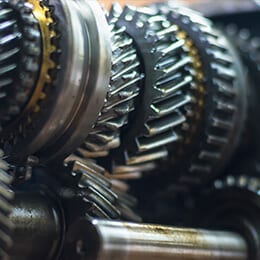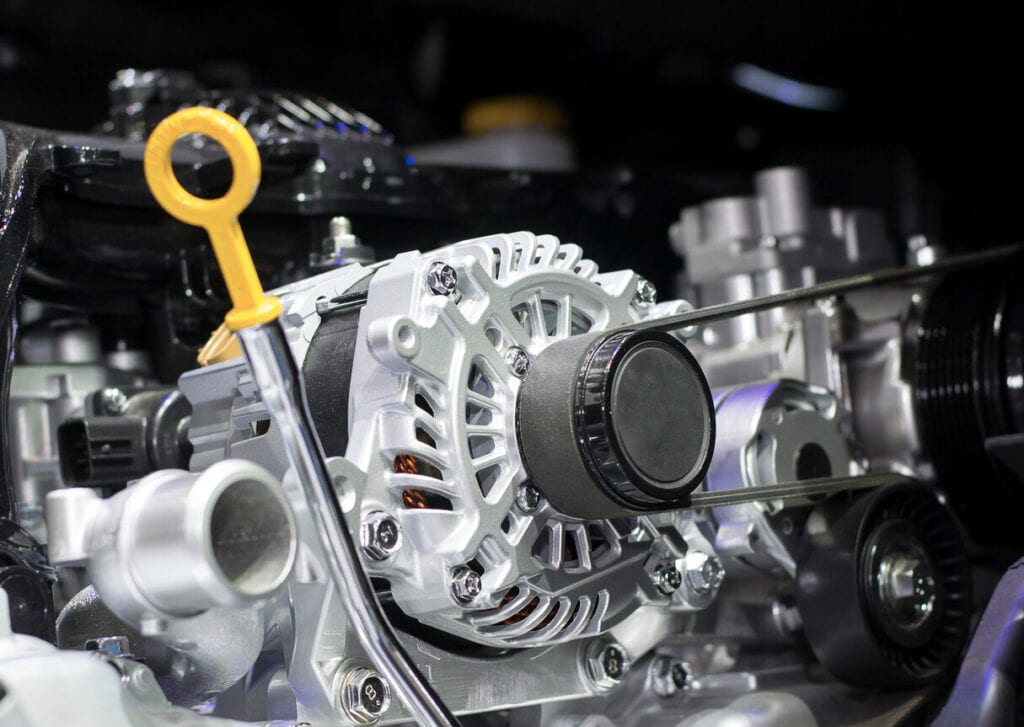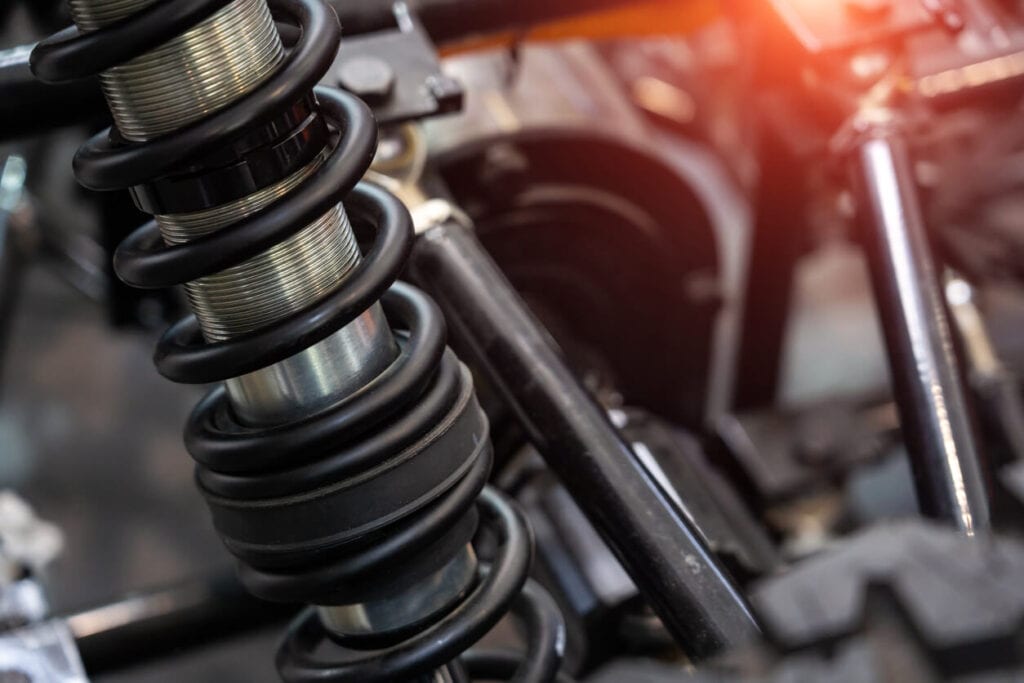You should take your vehicle to a service center if something seems to be off, but it helps tremendously if you know something about car maintenance yourself. It helps if you look at a car parts diagram, so you know where the most important parts in your vehicle are located. Learn about car parts so you can have more in-depth discussions with your service technician about how to adequately maintain your vehicle.
Battery
 The battery is a critical component. It allows your vehicle to turn on in the first place.Car batteries provide the jolt of electricity that is needed to power the engine as well as the electrical accessories in your vehicle. Your battery transforms chemical energy into electrical energy that is delivered to the starter to start the engine.
The battery is a critical component. It allows your vehicle to turn on in the first place.Car batteries provide the jolt of electricity that is needed to power the engine as well as the electrical accessories in your vehicle. Your battery transforms chemical energy into electrical energy that is delivered to the starter to start the engine.
In a majority of cars, it will be located under the hood, and you can identify it with the (-) and (+) symbols. In the event you need to jump-start your vehicle, you need to connect the red clamp of the jumper cable to the (+) symbol and the black clamp to the (-) symbol.
Alternator
The alternator generates electricity that transfers mechanical energy into electrical energy by an alternating current (AC). In cooperation with the battery, it is used to provide power to the vehicle’s electrical system. As the vehicle moves, the alternator uses the mechanical energy created to recharge the battery. Battery struggles can be the result of overcharging from the alternator.
Axle
Axles are an important part when you want to move, brake and turn. Axles are attached to the wheels and support the weight of your vehicle, transfer power, and are a vital component in the steering system. Most modern vehicles are equipped with a split axle, where each wheel on each side is connected to an independent shaft, making the ride smoother and more comfortable as well as improving cornering and traction, which extends the life of the tires.
The axle is responsible for transferring power from the engine to the wheels. It is an important part when you want to move, brake and turn. You can tell if your axles are in a state of disarray if they start making loud clunking noises. You will also experience severe vibrations throughout your car, especially when you turn or brake.
Brakes
There are numerous components to your car’s brake system. There is the brake pedal, caliper, light switch, pad and rotor. Most of the time when something is amiss with the brakes, it is a result of something going wrong with the caliper, pad, or rotor.
Brake calipers can either be located in the front or rear of the car, but they will be behind a wheel. Brake pads are also behind a wheel, and, over time, the padding will begin to wear down. You know a pad is on its last legs when you start to hear a loud, screeching sound every time you brake.
Brake fluid is also vital to the operation of your brakes. Brake fluid aids in the hydraulic process that amplifies pressure needed to slow and stop your vehicle.
Finally, there is the brake rotor. This part is located alongside the caliper and pad, and it is exposed to a great deal of heat every time you brake. Braking is impaired when the rotors begin falling apart. Always replace rotors in pairs to stay on the safe side.
Radiator
You will find the radiator underneath the hood. It will be located near the engine because its responsibility is to cool the engine down and prevent it from overheating. It needs to have sufficient quantities of engine coolant to ensure the engine temperature never rises too high.
To prevent an overheating situation, the coolant flows throughout the vehicle attracting heat and transports it away from the engine block to the radiator. The hot air travels through the radiator’s fins where air travels across the liquid, cooling it. Finally, the heat is dissipated away from the vehicle into the atmosphere.
AC Compressor
The AC compressor is found in the engine compartment. It will be on one of the sides and attached to the serpentine drive belt. The AC compressor cycles through Freon in order to provide cool air throughout the vehicle. If you want to use your car’s AC system during the hot summer months, then you need the compressor to be fully operational. You will know when the compressor is damaged because you will not feel any cold air coming through the vents, and the compressor will make loud, bothersome noises when in operation.
Muffler
The muffler is part of your car’s exhaust system and is responsible for keeping it quiet when you drive around town. The muffler itself is located between the engine in the front and tailpipe in the back. Make sure to repair any muffler problems as soon as you notice them, because total catalytic converter failure can result in costly repair bills.
Transmission
 When you look at a car parts diagram, you need to take into consideration whether you own a front-wheel drive or rear-wheel drive vehicle. With front-wheel drive, the transmission will be located between the transaxles behind the engine block. With rear-wheel drive, it will be found bolted directly to the back of the engine.
When you look at a car parts diagram, you need to take into consideration whether you own a front-wheel drive or rear-wheel drive vehicle. With front-wheel drive, the transmission will be located between the transaxles behind the engine block. With rear-wheel drive, it will be found bolted directly to the back of the engine.
The transmission has a series of gears that vary based on the driver’s desired speed. Manual transmissions are shifted by the driver from a gearing device inside the power train. Automatic transmissions are regulated by the vehicle’s internal computer. An automatic transmission’s gear ratios are changed automatically with the aid of transmission fluid. CVT transmissions change gears smoothly through a continuous range of gear ratios.
Shock Absorbers
Shock absorbers help keep your vehicle stable when you drive over uneven roadways. The absorbers will be located on the underside of your car. Immediate replacement is necessary to prevent further wear and tear to your car’s suspension system.
Catalytic Converter
The catalytic converter is part of the emissions system and is used to reduce the nitrous oxide, hydrocarbons, and carbon monoxide that is produced during the combustion process. The converter is made of stainless steel using a catalyst to remove harmful emissions. A vehicle with a faulty catalytic converter will trigger the check engine light.
When something feels off with your vehicle’s functionality, take it into a professional service center. Sun Auto Service is here to help you with any car maintenance you need from brake repair to transmission replacement. Feel free to ask our experienced technicians as many questions as you need to, so you can learn about car parts and become a more informed driver.


